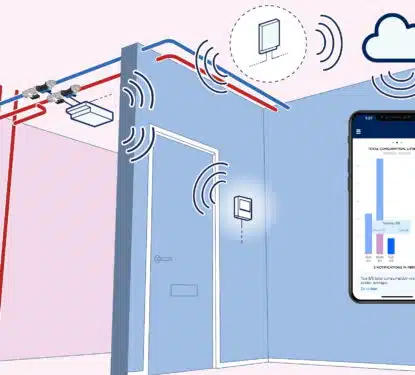Three and a half years ago the world was only just coming to terms with the COVID-19 pandemic that was sweeping across almost every country. The global crisis shook the business world with industries facing unique challenges and opportunities. For the video surveillance sector, which had been growing steadily, the pandemic years have been turbulent to say the least, but as the crisis wanes a sense of optimism now prevails, according to our latest research. During the initial months of the pandemic, in early 2020, video surveillance demand declined sharply as physical business activity ground to a halt. Demand rebounded quickly, however, and by late 2020 restrictions had eased and new public health applications arose for camera technology. This sparked shortages for video surveillance components such as semiconductors, and while substitute parts did finally emerge, most OEMs faced lengthy delays. “As shortages dragged on through 2021 and into 2022, video surveillance manufacturers found themselves unable […]
Most Popular Articles

MRI Software: Exploring the 2025 IPO & Sale Options
This Research Note examines a report from Reuters that MRI Software is to be listed in an IPO or sold. We explore the development of the business over the last 10 years, since it was acquired by private equity owners, highlight their software acquisitions for commercial real estate applications addressing integrated workplace management, tenant experience […]

Podcast 40: Stiles Property Management Found $400K+ in Hidden Savings
Most property managers know their buildings are hemorrhaging money through inefficient systems. The problem? They have no idea where to start looking. Devon Newton, VP of Property Management at Stiles, faced this exact challenge with 110 East, a new Class A development in Charlotte’s Southpark district. Despite managing 116 properties across the Southeast, she found […]

Smartvatten Strengthens European Position with 2025 LeakLook Acquisition
This Research Note examines Smartvatten, a Finnish specialist in water efficiency technology and expertise in Northern Europe. It updates our previous article in March 2024, covering Smartvatten’s solutions, key developments in 2024, sustainability partnerships and the September 2025 acquisition of LeakLook, a Finnish specialist in IoT-driven water monitoring for real estate. Smartvatten Profile Established in […]
